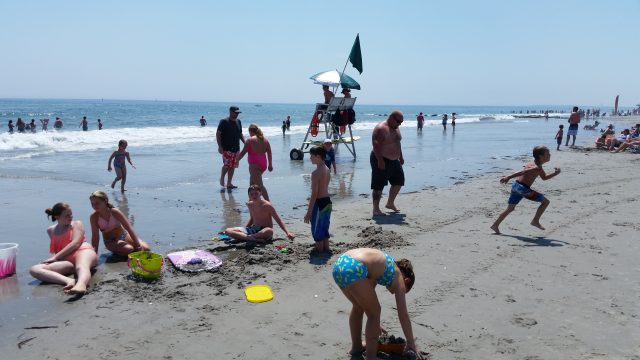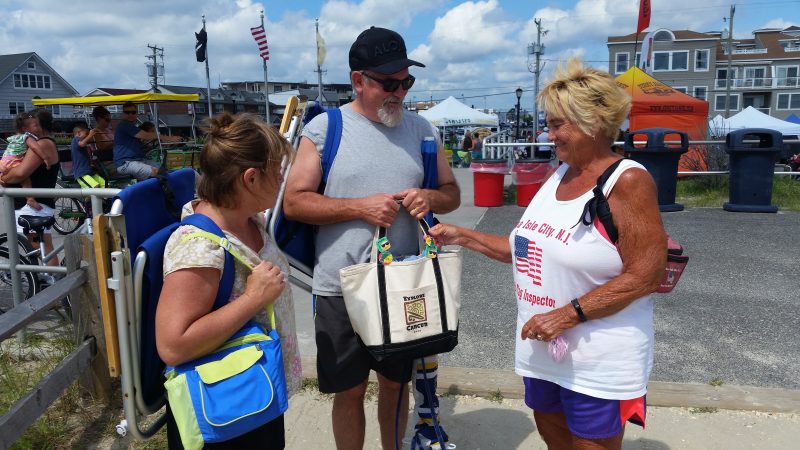
By Donald Wittkowski
Sea Isle City recovered from some dreary weather during the early part of summer to nearly match the beach tag sales it had last year.
Overall, the city had $1,364,320 in beach tag revenue for 2018, just $645 short of the figure for 2017, Business Administrator George Savastano said.
Savastano called the figures for 2018 and 2017 “incredibly close” while giving a summer-end report on beach tag sales during Tuesday’s City Council meeting.
Other city officials said they were generally pleased with 2018’s beach tag revenue, considering the rainy weather that marred part of the summer tourism season in June and July and may have depressed sales then.
“I called it a dead heat,” Council President Jack Gibson noted of the comparable beach tag revenue for 2018 and 2017. “We were close to last year’s revenue in spite of the rainy weather during the first several weeks of summer.”
Year after year, beach tag sales are a key barometer of the strength of the summer tourism season. In Sea Isle’s case, the all-time record was set in 2015 with $1,471,321 in beach tag revenue.
Gibson characterized the summer of 2018 as strong overall “in a lot of ways.”
“It started off rainy, but we made up for it later on,” he said.

Sea Isle conservatively estimated about $1.2 million in beach tag revenue for 2018 as part of its municipal budget projections. Gibson pointed out that the actual beach tag revenue for the summer was well above the budget estimate.
Revenue generated by beach tag sales is an important source of funding for the city. It covers the cost of keeping the beaches clean, collecting the trash, employing lifeguards and hiring summer police officers, Sea Isle’s Chief Financial Officer Paula Doll explained.
With beach tag revenue absorbing the cost, local taxpayers are saved from having to pay for all of those things, Doll said.
Beach tag revenue also is used to pay off the bonds for the city’s share of beach replenishment projects in partnership with the U.S. Army Corps of Engineers.
Sea Isle’s tourist-based economy continues to benefit from a $40 million beach replenishment project completed in 2016 by the Army Corps of Engineers. Altogether, nearly 3 million cubic yards of new sand was added to the entire shoreline from First Street to 94th Street in 2015 and 2016 to create wider, more attractive beaches for sunbathers.







